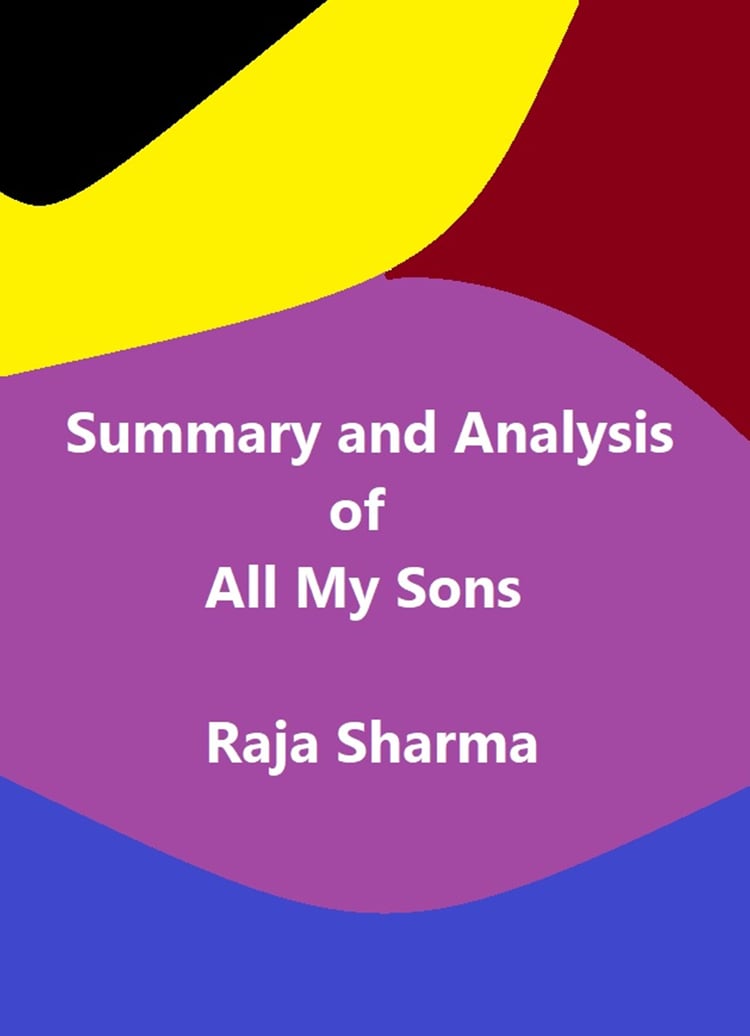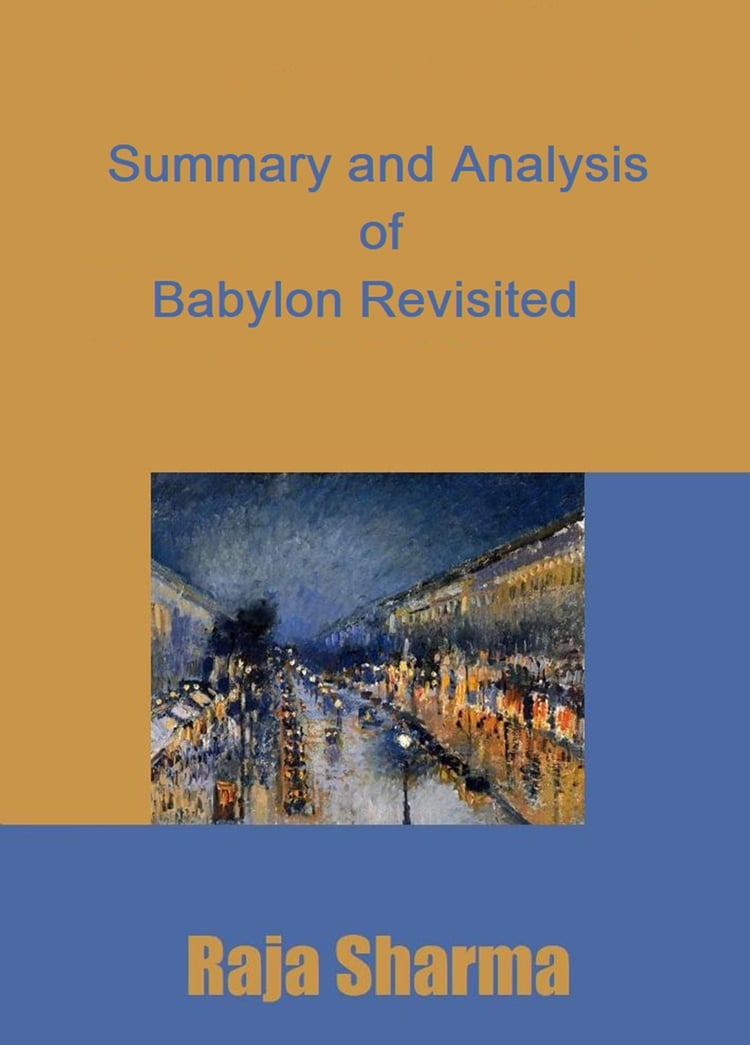
A Quick Guide to "The Last Man"
Introduction
Characters
Thematic Analysis
Plot Summary
Complete Summary
Critical Analysis
Questions and Answers
"The Last Man" by Mary Shelley, published in 1826, is a pioneering work of science fiction and a profound exploration of human nature and destiny. Set towards the end of the 21st century, the novel is framed as a series of prophetic writings discovered in a cave near Naples, written by the last surviving human in a world devastated by a global pandemic.
In the introduction, Shelley sets the stage for this apocalyptic tale. She describes discovering the sibylline leaves in a cave, presenting the narrative as a translation of these ancient prophesies. This framing device lends an air of mystery and foreboding to the story, while also allowing Shelley to explore her themes in a speculative future setting.
The novel itself follows the life of Lionel Verney, an English nobleman. It chronicles his journey from a pastoral, idyllic 21st-century England through the gradual decline of society as the plague takes its toll. As the world around him crumbles, Lionel grapples with profound loneliness and the existential questions posed by being the last human.
"The Last Man" is notable for its exploration of themes such as the fragility of civilization, the nature of human relationships, and the enduring quest for meaning in the face of despair. Shelley's personal experiences of loss and tragedy deeply inform the novel, making it a poignant reflection on the human condition. Despite its initial mixed reception, today it is recognized as a significant work in the history of science fiction and a poignant narrative of human resilience and vulnerability.











